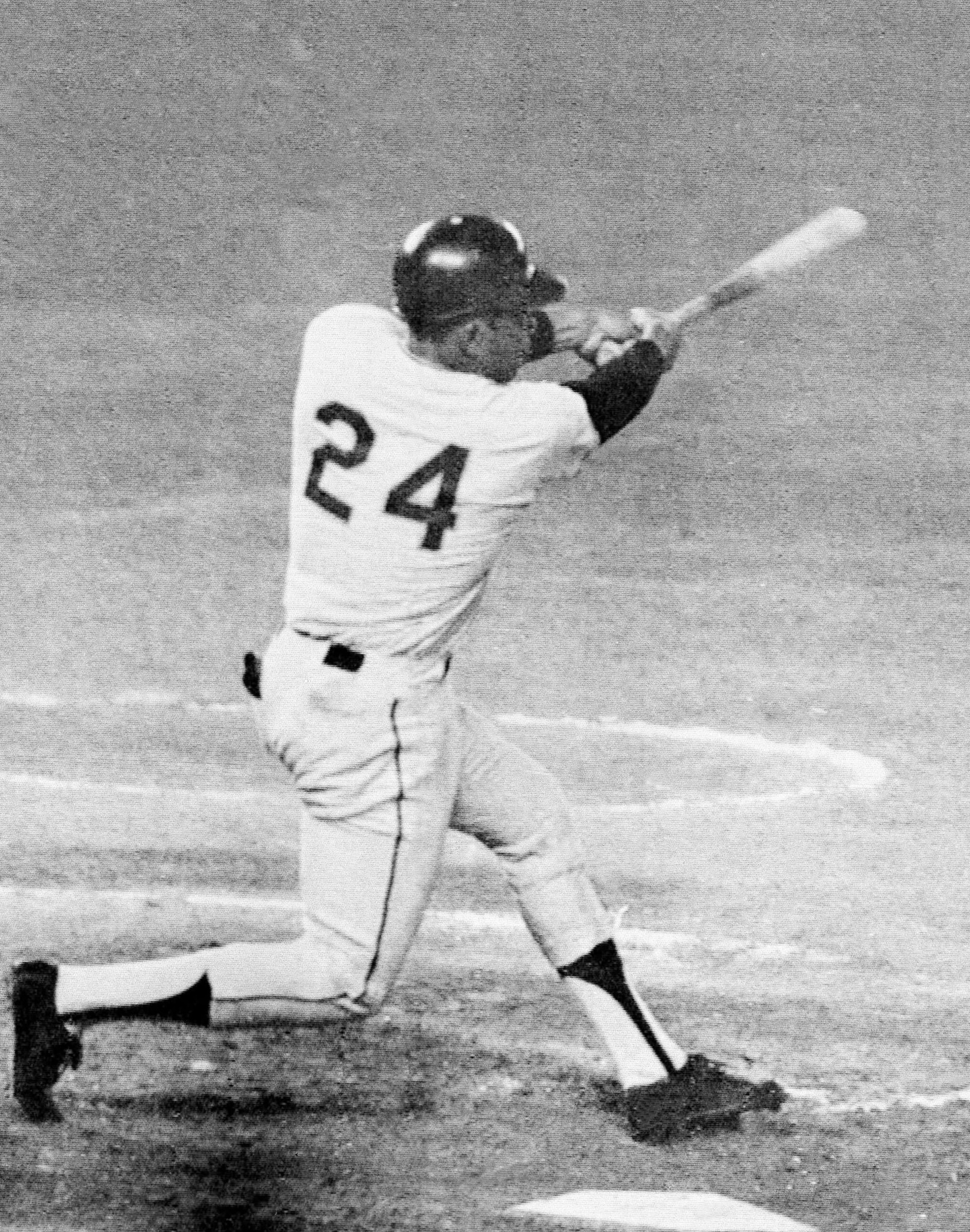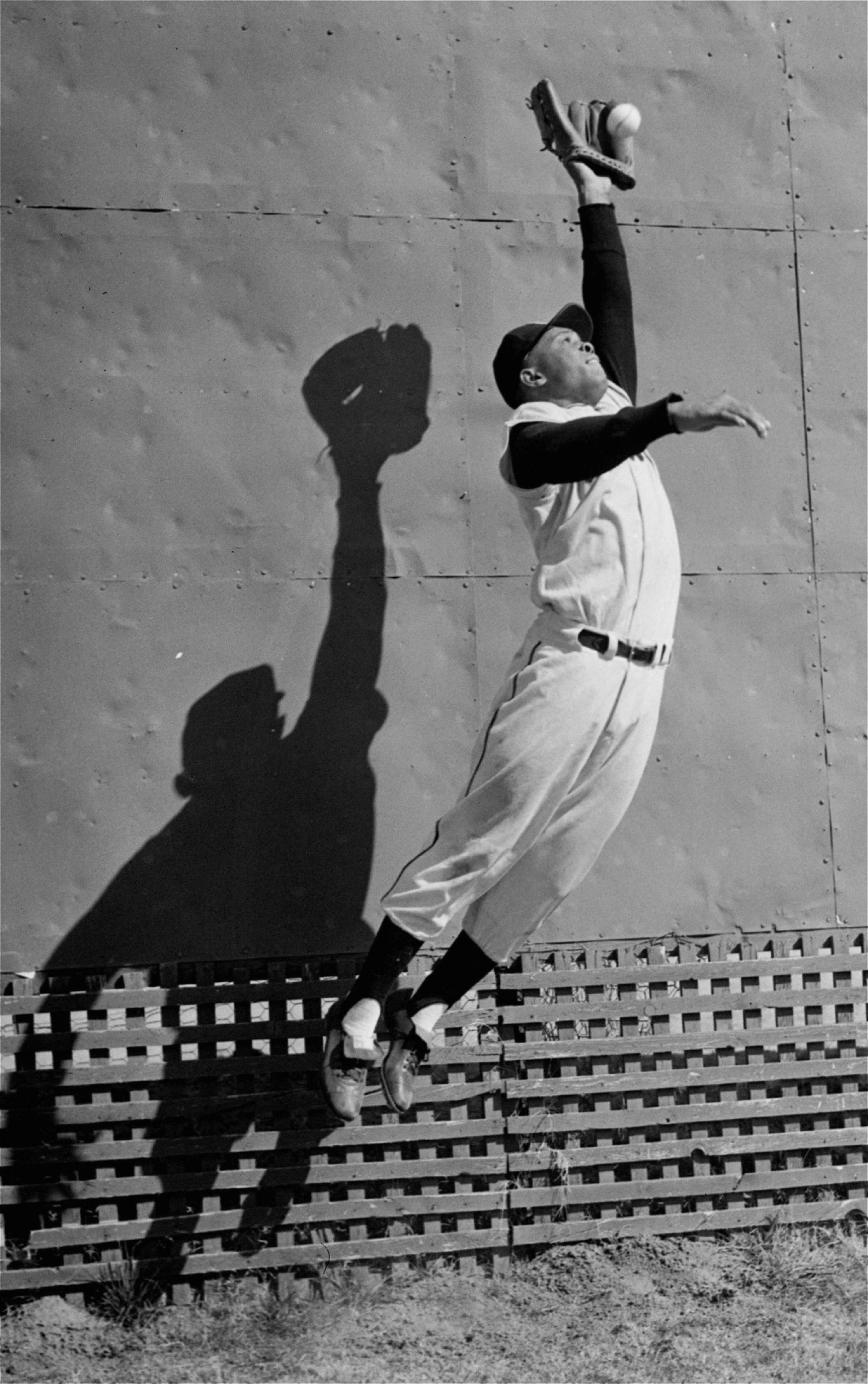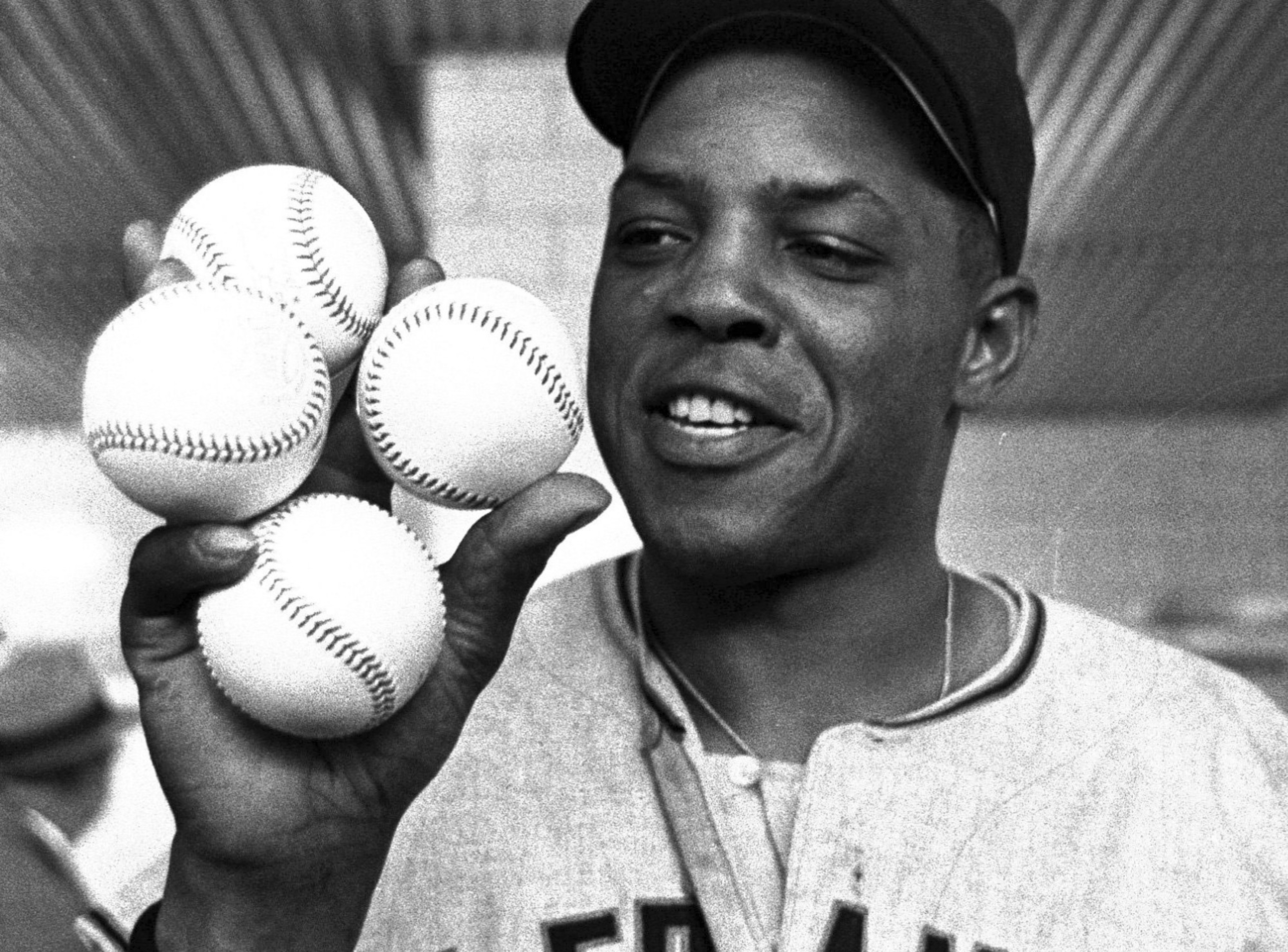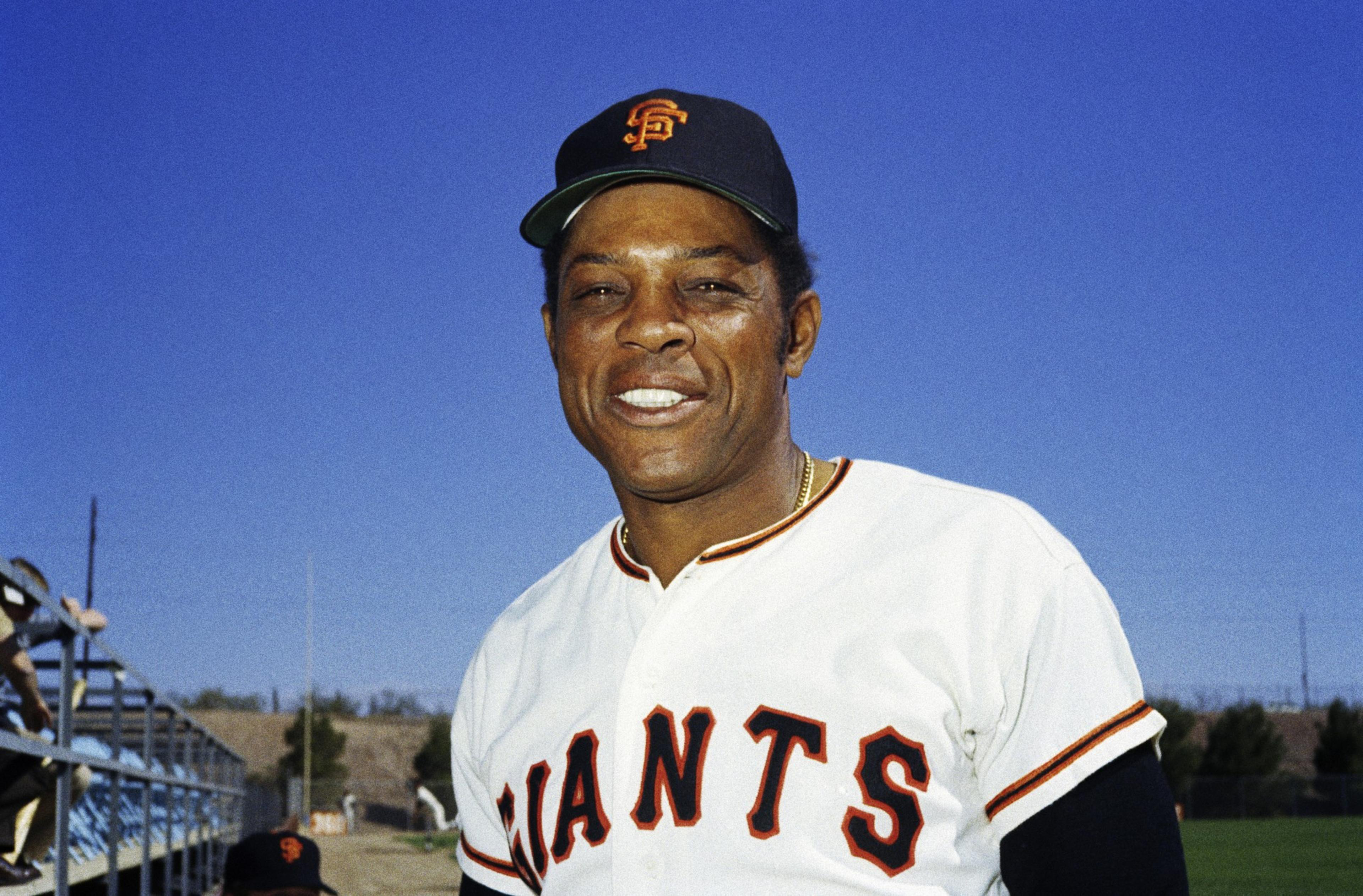San Francisco Giants legend and baseball hall-of-famer Willie Mays died of heart failure Tuesday afternoon, the team announced (opens in new tab).
Mays was widely regarded as one of the greatest players ever, hitting 600 home runs during his 25 years in professional baseball. He played for the New York Giants and then the San Francisco Giants from 1958 to 1972. He finished his career with the New York Mets, retiring after the 1973 World Series. He was inducted into the Baseball Hall of Fame in 1979.
“My father has passed away peacefully and among loved ones,” his son, Michael Mays, said in a statement. “I want to thank you all from the bottom of my broken heart for the unwavering love you have shown him over the years. You have been his life’s blood.”


Giants CEO Larry Baer credited Mays for his love of the game, saying, “I fell in love with baseball because of Willie, plain and simple.”
“My childhood was defined by going to Candlestick with my Dad, watching Willie patrol center field with grace and the ultimate athleticism,” Baer said in a statement. “Over the past 30 years, working with Willie, and seeing firsthand his zest for life and unbridled passion for giving to young players and kids, has been one of the joys of my life.”
San Francisco Mayor London Breed said she remembers Mays for becoming a baseball icon in the face of segregation and racism and called him the greatest of all time.
“Willie Mays meant so much to this City as a player, but also as a leader, staying involved in San Francisco and the Giants organization long after he retired from the game he loved,” Breed said in a statement. “Willie Mays will forever be the greatest of giants in the story of San Francisco.”
The Giants honored Mays with a moment of silence (opens in new tab) at their game against the Chicago Cubs in Chicago on Tuesday night.

Mays’ legacy lives on at Oracle Park, which sits at 24 Willie Mays Plaza and where a nine-foot bronze statue of the late ball player has greeted fans for more than two decades.
Mays was born in Westfield, Alabama, a coal mining town just outside of Birmingham on May 6, 1931. His father, “Cat” Mays, was a semi-professional baseball player for the Westfield team in the Tennessee Coal and Iron League. While attending Fairfield Industrial High School, which didn’t have a baseball team, Willie played second base and center field alongside his father on the Fairfield Industrial League team and the semi-professional Gray Sox.
Mays made his professional debut in the Negro Leagues in 1948 when he was just 16, playing for the Negro League’s Birmingham Black Barons before joining the then-New York Giants in 1951, following the team to San Francisco when they relocated in 1958.
Mays became affectionately known as the “Say Hey Kid” after New York Journal American sportswriter Barney Kremenko gave him the nickname in an article during his rookie season for how he said “hey” when addressing teammates, according to ESPN (opens in new tab).


After 21 years of playing for the Giants, Mays finished his career back in New York with the Mets, retiring in 1973. Mays also served in the U.S. Army from 1952 to 1953.
His over-the-shoulder catch, dubbed “The Catch,” during Game 1 of the 1954 World Series is regarded as one of the greatest defensive plays in baseball. Mays went on to become a two-time MVP, a 24-time All-Star, and a 12-time Gold Glover. In 2015, he was selected as one of the game’s Greatest Living Players, according to the MLB. That same year, he was awarded the Presidential Medal of Freedom.
“From coast to coast in New York and San Francisco, Willie inspired generations of players and fans as the game grew and truly earned its place as our National Pastime,” MLB commissioner Robert D. Manfred, Jr said in a statement (opens in new tab).
On Thursday, the Giants will play the St. Louis Cardinals at the historic Rickwood Field in Birmingham, where Mays played for the Black Barons, in a tribute to the Negro Leagues. Mays had planned to watch the game from his home in the Bay Area, according to the San Francisco Chronicle (opens in new tab).
“My heart will be with all of you who are honoring the Negro League ballplayers, who should always be remembered, including all my teammates on the Black Barons,” Mays said in a statement before his death. “I wanted to thank Major League Baseball, the Giants, the Cardinals and all the fans who’ll be at Rickwood or watching the game. It’ll be a special day, and I hope the kids will enjoy it and be inspired by it.”
